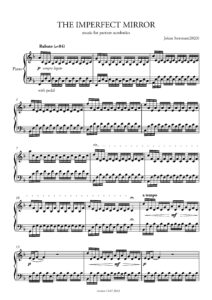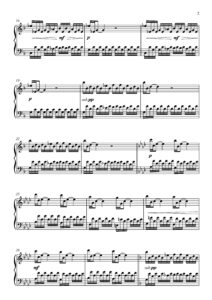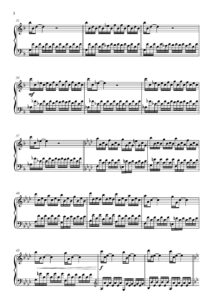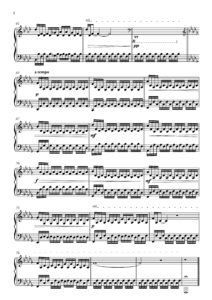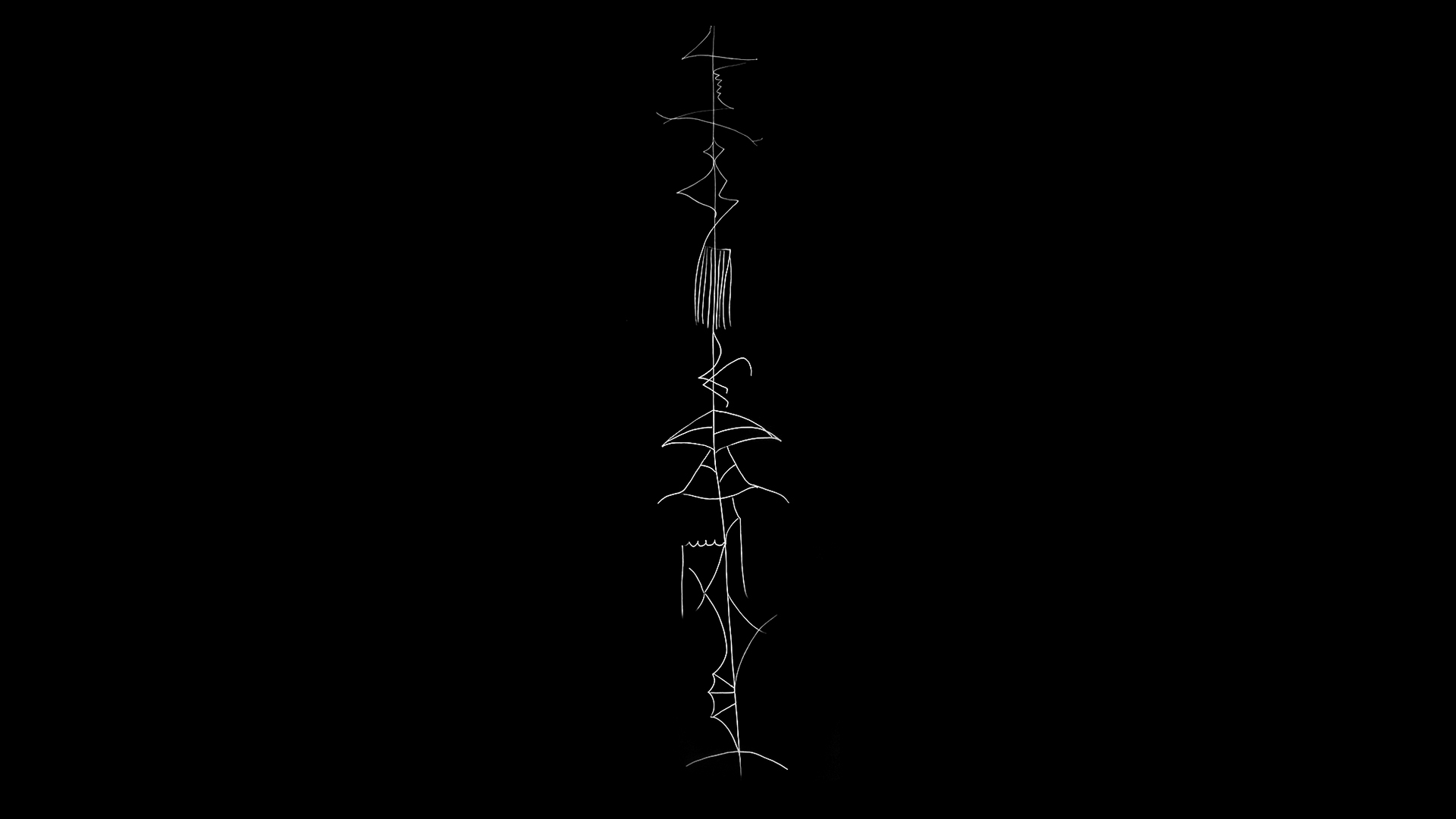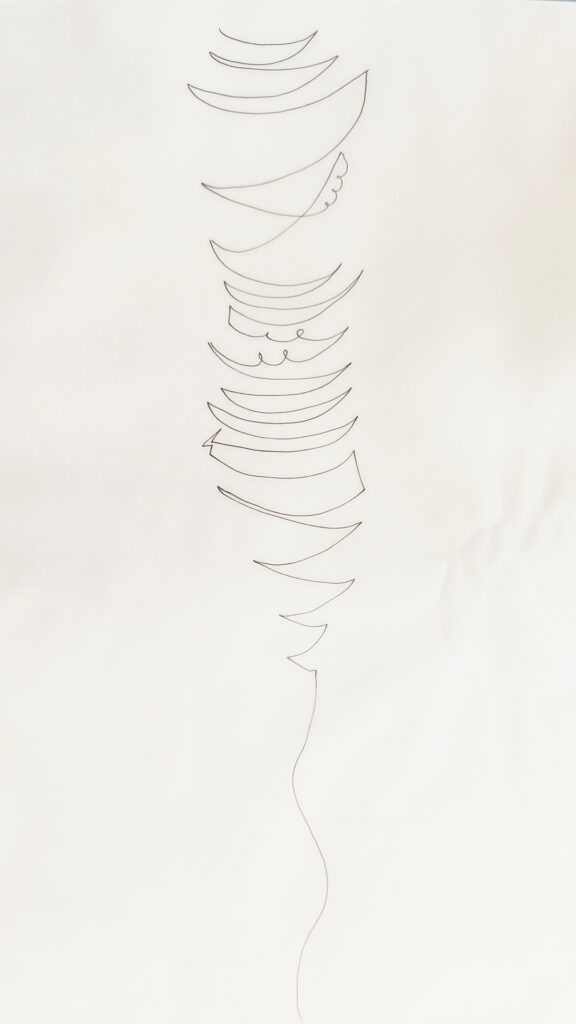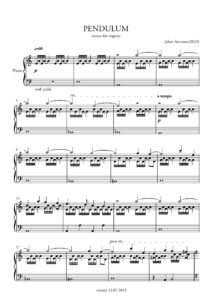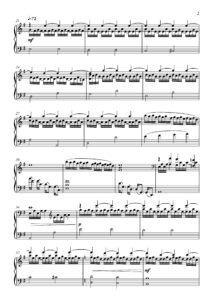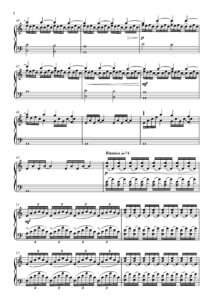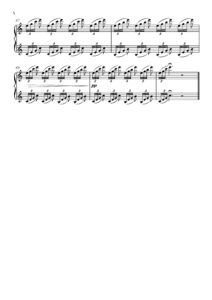Rhythm is a pattern
Pattern is a series
Series is pattern
A pattern is traceable
A trace is a remainder
A remainder is a reminder
A reminder is a sign
A sign
A rhythm is a sequence
A sequence is a transmission
A transmission is a message
A message is communication
A communication is dialogue
A dialogue
A circle is a loop
A loop is a hole
A hole is dark
Darkness is comforting
Comfort is reassuring
Reassurance is welcoming
A welcome
A circus is welcome
A circus is a community
A community is a group
A group is a collection
A collection is a conscious choice
A conscious choice is selective
Selection is exclusive
Exclusivity is damning
Damnation is evil
Evil is subjective
Subjection



